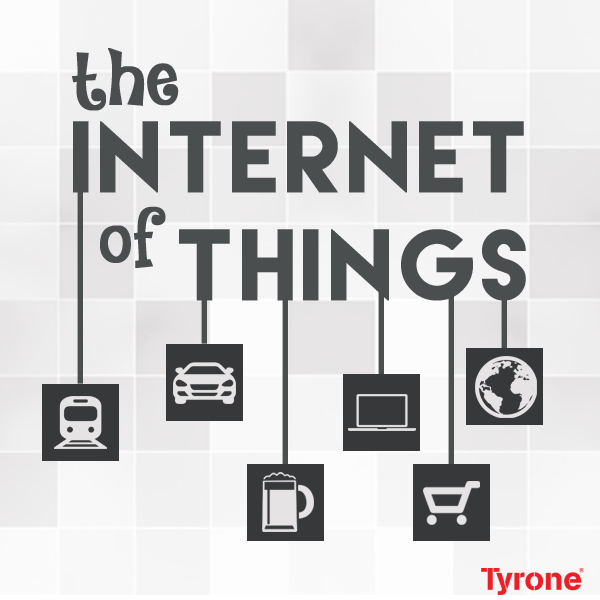Internet of Things(IoT) already here on a small scale. Devices like wireless smart food scales, wireless bathroom scales, wireless smart lighting–all that can be controlled from your smartphone–are early examples of the Internet of Things.
But the real promise of the Internet of Things, where our keys and cars and roads and water pipes and everything else is connected and talking to each other, is about five years away at the earliest. That’s because the Internet of Things revolution of that scale will require massive infrastructure and wireless network improvements.
Infrastructure, in particular, is a huge thing that is going to need to be addressed before we see the full benefits of the Internet of Things. For starters, not only will all of our traditional “things” (food scales, bicycles, shirts, roads, water pipes, you name it) need to be fitted with some type of wireless sensor, they’ll need a new high-speed wireless data network to talk to one another.
Right now creators of Internet of Things products can get around this lack of a high speed network by keeping things local, the way SITU and Nest does, by using short Bluetooth connectivity or piggybacking on traditional wireless networks. But once the Internet of Things is everywhere – that is every single thing has sensors embedded in them allowing them to “talk” to one another – our current networks like 4G, no matter how fast it seems to us today, won’t be able to cope with the traffic or speed required.
That’s where 5G comes in. 4G has a relatively narrow spectrum, which means it can handle about 2-3 4G devices for every person in the UK. But once every “thing” becomes a device there is no way 4G will be able to handle the load. But 5G can. 5G will not only be able to handle the increased device load, but it will be more stable, faster, and cheaper than 4G.










